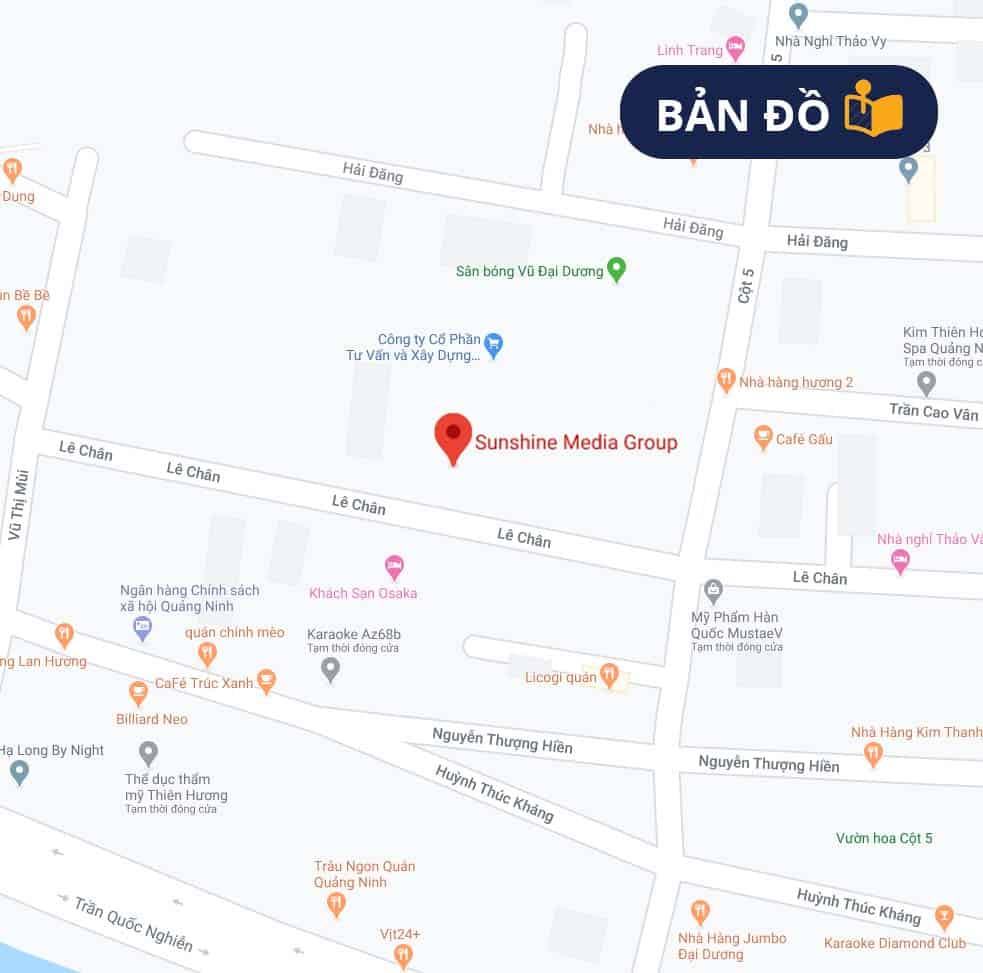As temperatures plummet, homeowners must be vigilant about the burst pipe risks that come with frigid conditions. Ensuring that your property is equipped to handle these challenges is vital for maintaining functionality throughout the season. An effective way to approach this issue is by improving home insulation and enhancing overall heating efficiency.
Investing in a professional plumbing winterization service can be a smart move, offering peace of mind and safeguarding your dwelling against unexpected catastrophes. These experts can provide tailored recommendations that address the unique needs of your property.
In addition, adopting a few practical winter plumbing tips can go a long way toward securing a harmonious living environment. By preparing properly, you can minimize the chances of facing expensive repairs when temperatures drop.
Identify and Insulate Vulnerable Pipes
To ensure optimal heating efficiency during cold months, it is crucial to identify sections of plumbing that may be susceptible to low temperatures. These areas typically include spaces such as:
- Basements
- Attics
- Crawl spaces
- Garage pipes
After locating these vulnerable sections, insulating them effectively can offer significant protection against frozen pipe prevention. Options for insulation include:
- Foam pipe insulation sleeves
- Heating tape
- Insulating wraps and blankets
Proper home insulation strategies also play a vital role in maintaining a consistent temperature around the plumbing system. In addition, it is advisable to consult with a professional plumbing winterization service to further minimize burst pipe risks. Their expertise can ensure that all potential threats are addressed.
For more information on protecting your plumbing during winter, visit https://buddykingplumbing.com.
Maintain a Consistent Indoor Temperature
Keeping a stable indoor climate is crucial during colder months. Drastic fluctuations can lead to weakened heating efficiency, increasing the chances of burst pipe risks. To combat this, ensure that all rooms within your home remain at a comfortable temperature, especially those with plumbing fixtures. Utilizing programmable thermostats allows you to maintain warmth even when you are not at home.
Moreover, consider implementing winter plumbing tips that focus on the areas where water supply lines are located. By allowing warm air to circulate around these fixtures, you can reduce the likelihood of freezing. It is important to remember that a consistent indoor temperature not only aids in frozen pipe prevention but also enhances overall home insulation, making your space more energy-efficient.
Utilize Heating Cables and Other Tools
Incorporating heating cables into the home insulation strategy is an effective approach to combat burst pipe risks. These specialized tools provide a consistent warmth directly to vulnerable sections of plumbing, ensuring that water remains flowing during frigid temperatures. When installed correctly, heating cables enhance heating efficiency and offer peace of mind against freezing challenges.
In addition to heating cables, consider using pipe sleeves and heat tape as supplementary solutions. Pipe sleeves provide a layer of insulation that traps heat, while heat tape delivers electrical warmth directly to the pipes. Both can work synergistically with heating cables, amplifying the effectiveness of winter plumbing tips aimed at reducing the likelihood of frozen water systems.
Regular monitoring of these installations is critical. Ensure that heating mechanisms are functioning properly and are not obstructed by debris or insulation materials. This proactive maintenance will play a pivotal role in frozen pipe prevention, helping to secure a safe and functional plumbing system throughout the cold season.
Q&A:
What are the main reasons pipes freeze in winter?
Pipes can freeze in winter due to a combination of low temperatures and poor insulation. When the temperature drops significantly, water inside the pipes can solidify, especially if the pipes are located in unheated spaces like basements or crawl spaces. Additionally, drafts from windows and doors can lower the temperature surrounding the pipes, increasing the risk of freezing.
How can I prevent my pipes from freezing during winter months?
To prevent pipes from freezing, consider insulating them with foam sleeves or wrapping them in insulation tape. It’s also helpful to keep a steady flow of warm air flowing in spaces where pipes are located. This can be achieved by opening cabinet doors under sinks and leaving a small trickle of water running during extreme cold spells. Additionally, sealing any drafts in your home can keep temperatures more stable.
Are there specific areas of my home that are more prone to frozen pipes?
Yes, certain areas are more at risk for frozen pipes. Pipes running through unheated areas, such as attics, basements, garages, and exterior walls are particularly vulnerable. It’s important to check these areas and take necessary precautions, such as increasing their insulation and ensuring any heat sources are working effectively.
What should I do if my pipes do freeze?
If you suspect your pipes are frozen, turn off the water supply immediately to prevent bursts. Then, try to thaw the pipes by gradually applying heat—using a hairdryer, heating pad, or warm towels—starting at the section of the pipe closest to the faucet. Do not use open flames. If you cannot locate the frozen section or if the pipe bursts, it is advisable to call a plumber for assistance.
Can winterizing my plumbing help prevent frozen pipes?
Yes, winterizing your plumbing system is an effective method to minimize the risk of frozen pipes. This process typically involves draining the water from your pipes, particularly those not used during winter, and adding antifreeze to toilets and traps to prevent any remaining water from freezing. Additionally, disconnecting hoses and covering outdoor faucets can further reduce the risk of freezing.
What specific steps can I take to keep my pipes from freezing during cold winter months?
To prevent your pipes from freezing, consider taking several proactive measures: First, insulate pipes that are located in unheated areas of your home, such as attics, basements, and garages, using foam pipe insulation or electrical heating tape. Additionally, allow faucets to drip slightly during extremely cold weather; this keeps water flowing and can help reduce pressure in the system. Also, keep your home heated adequately, even in rooms that are not frequently used. Opening cabinet doors to allow warm air to circulate around plumbing can also be helpful, especially for sinks located against exterior walls. Lastly, ensure that any cracks or openings near your home’s foundation are sealed to prevent cold air intrusions.
How do I know if my pipes are at risk of freezing?
There are several signs that may indicate your pipes are at risk of freezing. If you notice that your water pressure is lower than usual or if no water comes out when you turn on a faucet, it could mean that a pipe has frozen. You may also observe frost on the exterior of pipes or hear strange noises from your plumbing system. Pay attention to areas in your home that are particularly cold, especially those far from your heating source or near exterior walls. If you suspect a pipe is frozen, it’s important to act quickly to prevent it from bursting. Consider gently warming the pipe with a hairdryer or heating pad, starting from the faucet end and moving towards the frozen section.






